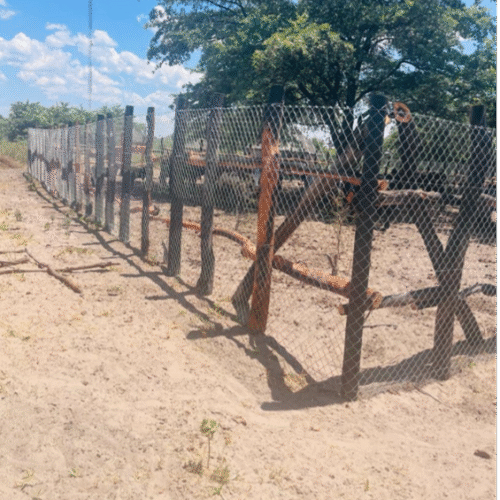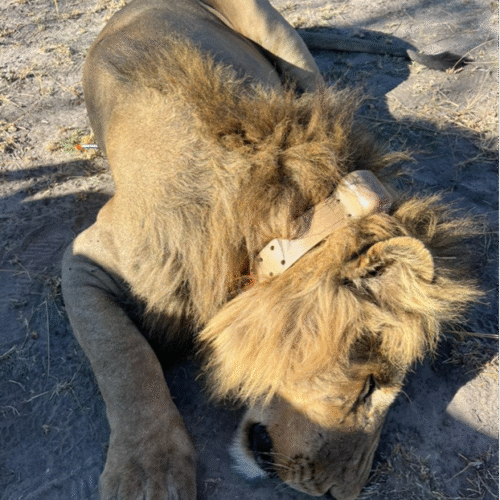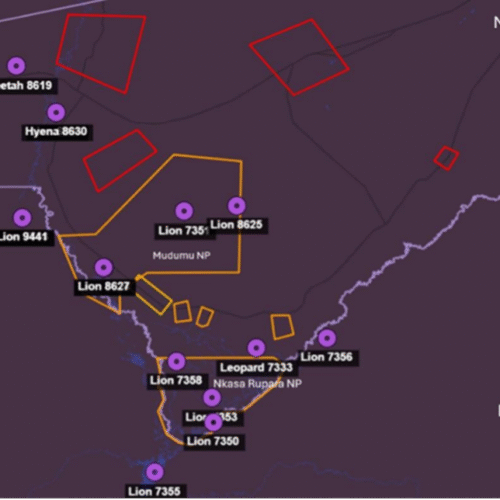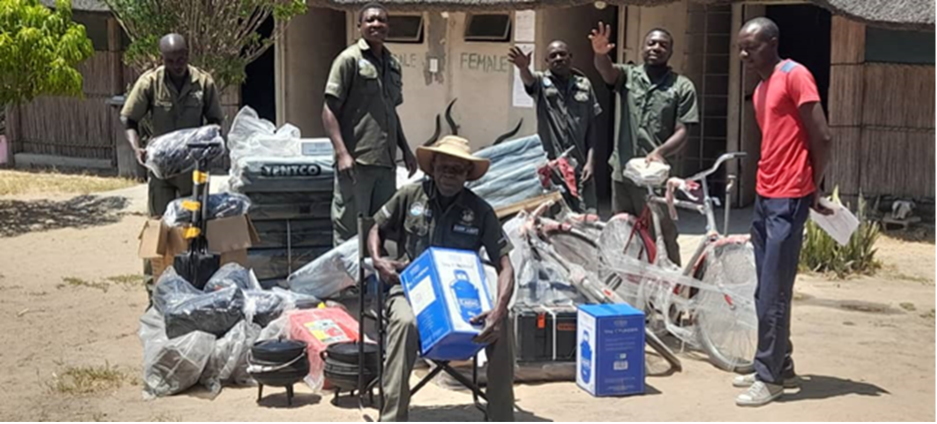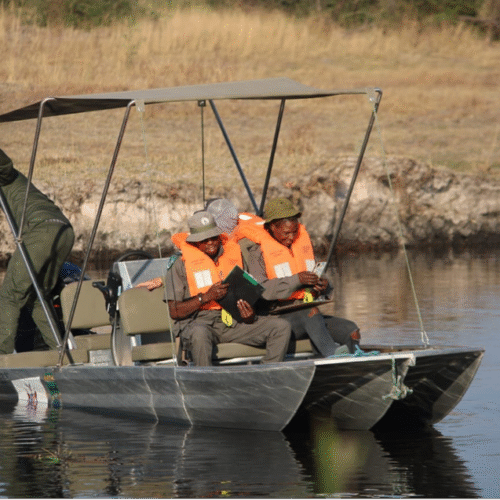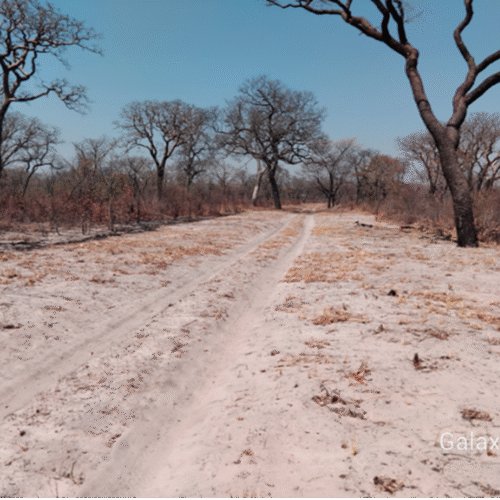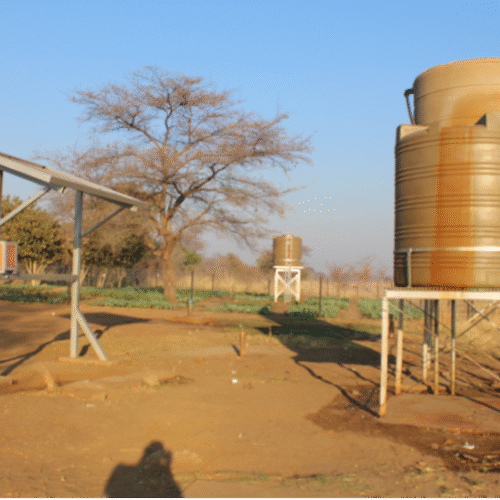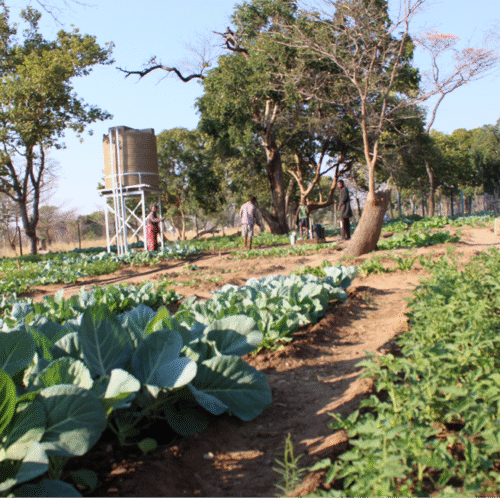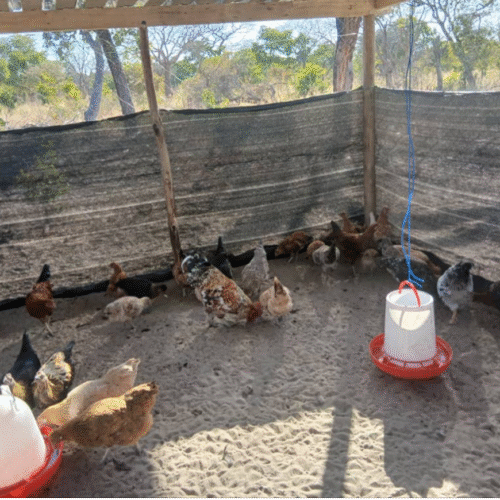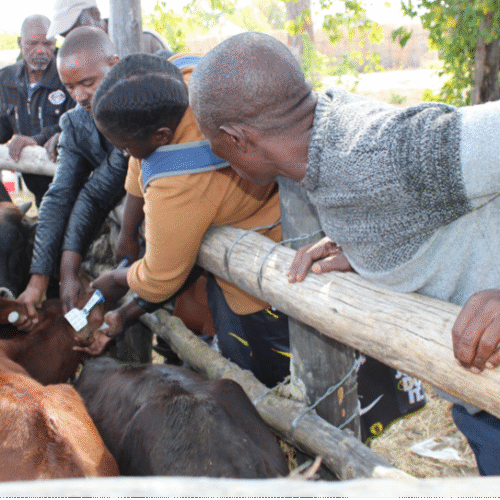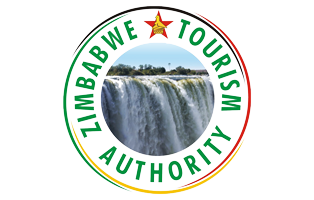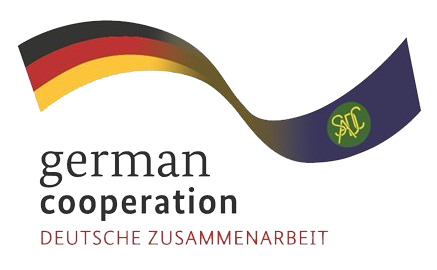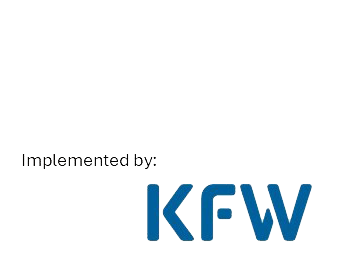The Namibian Ministry of Environment, Forestry and Tourism (MEFT)is implementing an ambitious €1.2 million conservation programme funded by the German Government (via KfW). This comprehensive initiative is proving that communities and wildlife can thrive together through smart conservation strategies, improved farming practices, and innovative technology.
At the heart of the programme lies a revolutionary approach to farming in the water-scarce Zambezi Region of Namibia that ensures farmers will not encroach into wildlife corridors. According to Harring & Odendaal (2012)[1], the average field size in the Zambezi Region is approximately 1.8 hectares. Under extensive cultivation, such a field typically produces around 200 kg of maize or millet per hectare. However, with intensive cultivation methods such as Conservation Agriculture, one hectare alone can yield up to 10 tonnes of the same crops in one growing cycle.
The Conservation Agriculture Model – A Planned Activity that is currently under implementation
The programme teaches farmers to maximise productivity through:
- Water-friendly irrigation systems that make every drop count
- Cattle manure and organic fertilizers for soil enrichment
- Proper tillage techniques to improve soil structure
- Protective fencing to safeguard crops from wildlife
This approach delivers multiple wins: better harvests for farmers, reduced pressure on wildlife corridors, and significantly less land degradation as communities stop cutting down forests for new farmland.
Predator-Proof Protection where Technology Meets Tradition
The programme has built 60 predator-proof kraals with another 30 planned by the end of 2025, specifically designed to protect livestock from lions and hyenas. Farmers provide the labour, gaining hands-on experience in constructing effective protective enclosures tailored to their herd sizes.
Early Warning Systems
Innovation takes protection further with geo-fence collar systems on lions and hyenas. When predators approach communities, mobile phone alerts warn residents to immediately kraal their cattle. This real-time technology is transforming human-wildlife conflict from reactive crisis management to proactive prevention.
Strengthening Conservation Governance alongside Conservancy Development and Support
MEFT is conducting comprehensive reviews of all 16 existing community conservancies while supporting the establishment of new ones, tightening governance structures to ensure effective wildlife management and community benefit sharing.
Fisheries Protection
New policies to combat illegal fishing and fish stock depletion, have been supported by the provision of community fish guard uniforms, and equipment for camping and enabling extended field operations. Also, patrol boats have been supplied for water-based monitoring.
Forest Reserve Management
Forest protection combines prevention and response. Cut lines, which serve as firebreaks, are being maintained, and community fire-fighting teams have been equipped with uniforms and specialised equipment.
Community-Based Incentives – An Example
Bwabwata National Park- Targeted agricultural developments includes:
- Community water points for garden irrigation and domestic use.
- Cluster garden systems for efficient water use, protection from wildlife damage and effective tillage, fertilising and soil management.
- Poultry protection programmes with night enclosures for free-roaming chickens.
- Livestock vaccination training to prevent disease outbreaks.
Measurable Impact, Sustainable Future
With €1.2 million strategically invested across community-based organisations, conservancies, forest reserves, and fisheries, this initiative proves that well-targeted funding can transform entire regions. The programme’s success lies in its integrated approach – addressing agriculture, wildlife management, forest protection, and community development as interconnected challenges requiring coordinated solutions. Communities start to see wildlife as an asset rather than a threat, farmers achieve better yields on smaller plots, and ecosystems are protected through economic incentives rather than enforcement alone. This is conservation that works for everyone.

 Angola
Angola  Botswana
Botswana  Namibia
Namibia  Zambia
Zambia  Zimbabwe
Zimbabwe 
